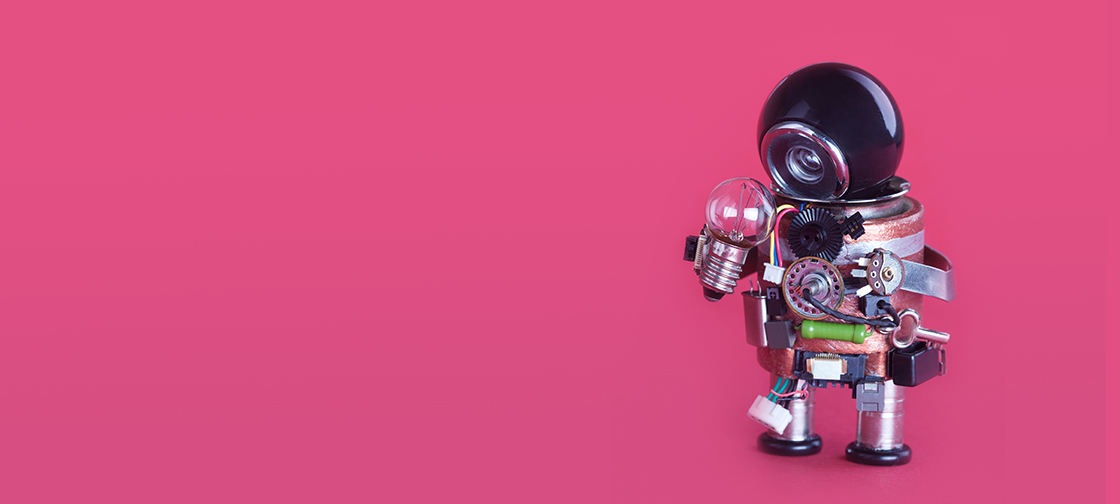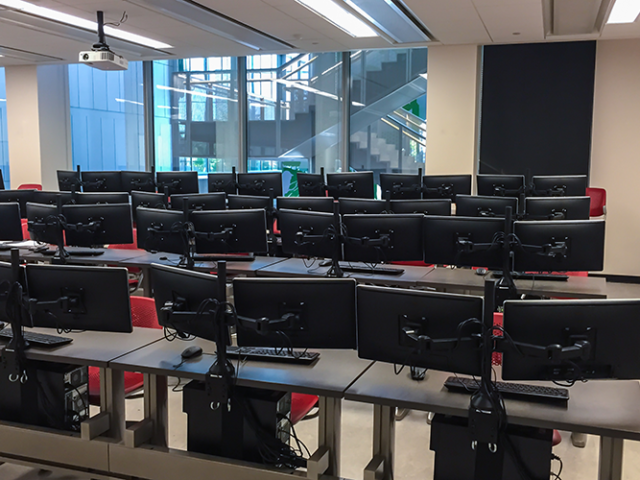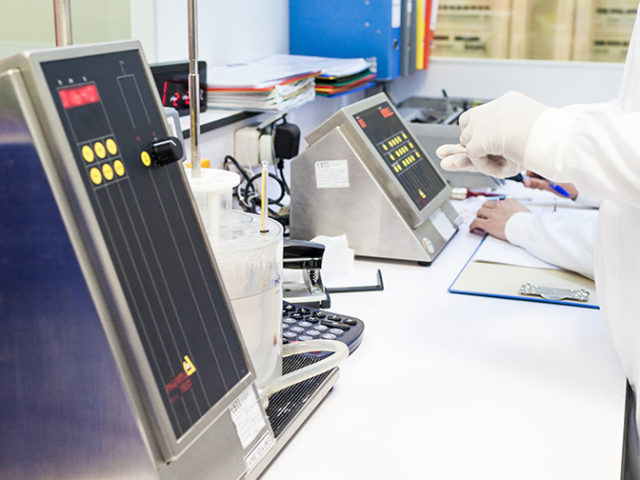For the first class she would teach as a member of the Caltech faculty, Katie Bouman wanted to help her students unleash the power of computational cameras. That’s because Bouman, an assistant professor of computing and mathematical sciences and electrical engineering and a Rosenberg Scholar, is an expert in understanding and using computation and mathematics to “see” our universe in new ways, as evidenced by her work as a member of the Event Horizons Team, which used just such a camera to capture the first image of a black hole in 2019.
So Bouman created CS 101, a computer science course that she knew would impart to her students a deeper understanding of how hardware and software can work together to change how we view our world. But in the weeks before the students could gather for their first class, Bouman and her TAs, Mason McGill and Brendan Hollaway (BS ’20), suddenly found themselves in a position of having to pivot as a result of the coronavirus pandemic, to rethink the course’s curriculum in order to give their 28 students the same hands-on experience, however physically remote they were.
To make that happen, Bouman, McGill, and Hollaway knew that their best option was to provide each student with their own Raspberry Pi, a simple open-source computer that can be equipped with a camera. Enter the Innovation in Education Fund, an initiative of the Caltech Center for Teaching, Learning, and Outreach that supports inventive teaching methods, and provided the funds needed.
Source: “Teaching Imaging Techniques with Raspberry Pi and Scotch Tape”, Andew Moseman, California Institute of Technology




